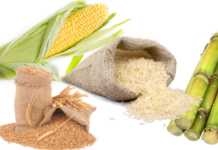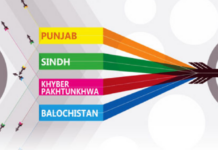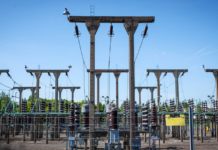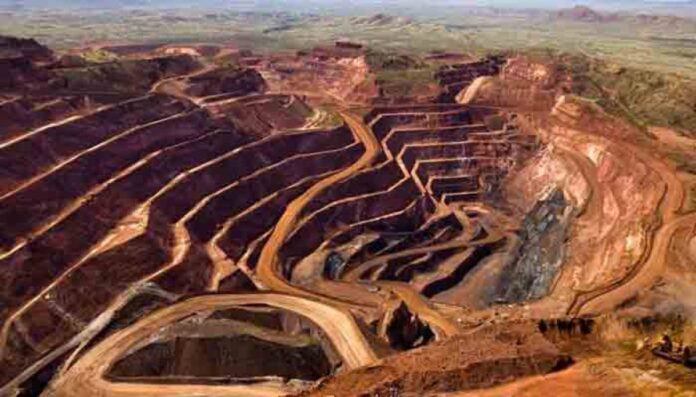The Reko Diq mining project in Balochistan, Pakistan, has long been a focal point of both immense potential and significant controversy. Recent developments have seen two state-owned enterprises (SOEs), Oil and Gas Development Company Limited (OGDC) and Pakistan Petroleum Limited (PPL), traditionally known for their roles in the oil and gas sector, completing feasibility studies to participate in this monumental mining venture.
This strategic shift underscores the government’s reliance on these cash-rich entities to finance its stake in the project, raising questions about the alignment of their core competencies with the demands of large-scale mining operations.
A glimpse into Reko Diq’s troubled past
Situated in the Chagai District of Balochistan, the Reko Diq mine is among the world’s largest undeveloped copper and gold deposits, boasting estimated reserves of 5.9 billion tonnes of ore grading 0.41% copper and gold reserves amounting to 41.5 million ounces. The project’s journey has been anything but smooth. Initially, the exploration rights were held by Tethyan Copper Company (TCC), a joint venture between Canada’s Barrick Gold Corporation and Chile’s Antofagasta PLC.
However, in 2011, the Government of Balochistan refused to grant a mining lease to TCC, leading to protracted legal disputes. The situation culminated in 2019 when the International Centre for Settlement of Investment Disputes (ICSID) imposed a $5.97 billion penalty on Pakistan for breaching its obligations under the Australia-Pakistan Bilateral Investment Treaty. This hefty fine underscored the complexities and challenges that have plagued the Reko Diq project over the years. The content in this publication is expensive to produce. But unlike other journalistic outfits, business publications have to cover the very organizations that directly give them advertisements. Hence, this large source of revenue, which is the lifeblood of other media houses, is severely compromised on account of Profit’s no-compromise policy when it comes to our reporting. No wonder, Profit has lost multiple ad deals, worth tens of millions of rupees, due to stories that held big businesses to account. Hence, for our work to continue unfettered, it must be supported by discerning readers who know the value of quality business journalism, not just for the economy but for the society as a whole.To read the full article, subscribe and support independent business journalism in Pakistan
























